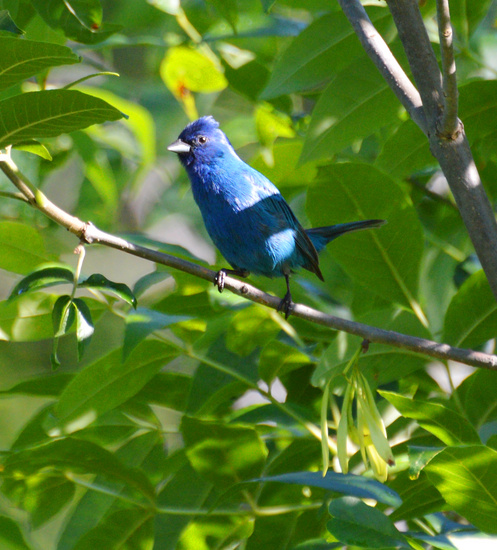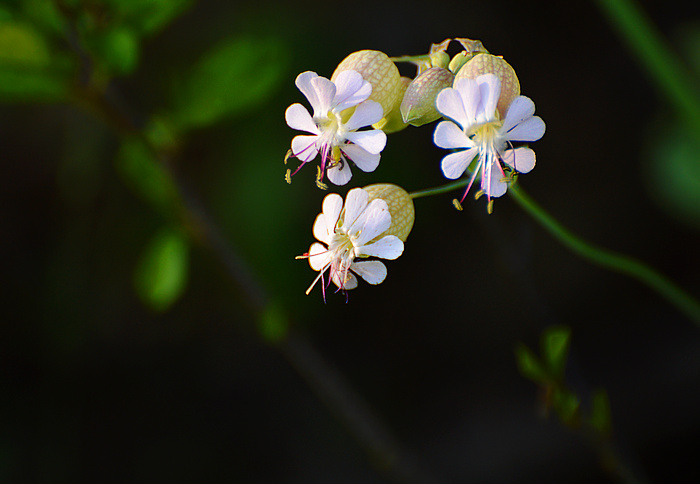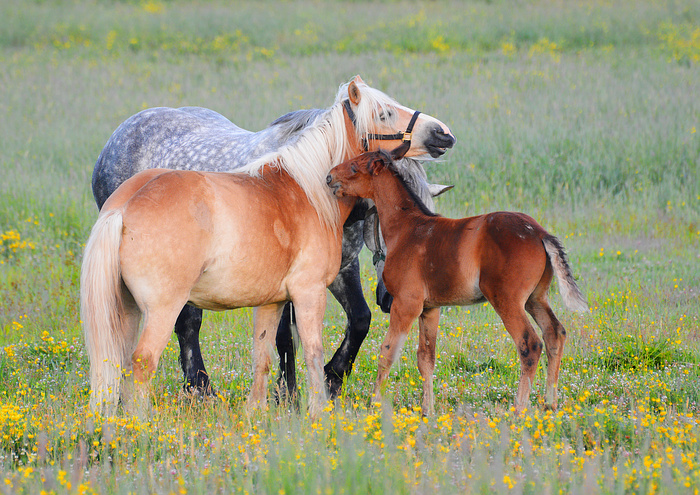
Cedar Grove Bugs
August 9th, 2015
After reading Gillian Mastromatteo's many accounts of Cedar Grove Nature Trail, I finally decided to go there and see what I could see. The trail is located near North Gower on Roger Stevens Drive, part of a large conservation area called Marlborough Forest.
The first thing to say is that this is the most deer fly infested place I've been, topping even Larose Forest. I'm learning not to get psyched out by deer flies in Ontario, since the variety we have here seldom seems to bite (seldom--not never, seldom. I do not recommend letting an Ontario deer fly be at leisure on your body.) As opposed to, say, the deer flies at Outer Banks, which very much bite and bite hard. But when there are fifty-some flies buzzing around you and getting tangled in your hair, it gets old fast even when they don't bite.
Gillian has told stories of walking through these woods attended by a swarm of deer flies, until a group of large dragonflies comes along and picks them off one by one. I thought it sounded like fun to be a dragonfly feeder, so I waited...and waited, but my knights in shining chitin failed to show. So I doused myself in about a gallon of bug spray. Which helped, though not nearly as much as you might think.
The good news is that the trail was also teeming with interesting, less obnoxious insects. It was in fact more rich with small insect life than anywhere I've been. Many of them were attracted to the black-eyed susans that were abundantly in bloom. Most were too small for my telephoto lens to properly capture (which drives my hunger for a macro lens), but here are a few I did manage.

1680x1050 wallpaper
When I first arrived these little insects were so perfectly arranged, they looked like part of the flower. I was stumped by them and figured they were probably in one of the many categories of miscellaneous small bugs (treehoppers, leafhoppers, planthoppers, plant bugs...) that I was little familiar with. The folks on BugGuide were finally able to enlighten me: they are in the "flower moth" family, probably Landryia impositella. I would never have guessed that these tiny little guys were a type of moth! Clearly an understudied insect, since you can't even find a Wikipedia page until you get up to the Family level (Scythrididae), and even them it's little more than a stub.

A Goldenrod Crab Spider. Crab spiders are ambush predators, lying in wait with their long front legs wide open ready to grab. They can slowly change color from white, to pale greenish-yellow, to bright yellow, or back, to camouflage against the flower they're on. (The camouflage is both a hunting aid and a defense against their own predators.) This one wasn't quite a match yet to the deep orangey-yellow of the black-eyed susan, which is probably why every small insect I saw land on the flower quickly took off again!

This one's color was so off it decided its best course of action was to hide.


Anxious Mom
July 31st, 2015
I was on the bike path near Corkstown Road when this doe came walking down the fence line, stopped, and gave me a long, hard stare. Can you see what she's nervous about?

1680x1050 wallpaper
Mating Jewelwings
July 27th, 2015
While I spent most of my walk at Sugarbush Trail photographing butterflies, when I got to Chelsea Creek the beautiful Ebony Jewelwings captured my attention.

1680x1050 wallpaper
Jewelwing courtship antics rival those of birds. I watched two males chase each other around for what seemed like forever, fluttering in endless circles, metallic blue-green bodies sparkling in the sun. Numerous female jewelwings, perched on the nearby vegetation, also watched. Finally one of the males seemed to win the fight.

1680x1050 wallpaper
Sugarbush Leps
July 24th, 2015
Some butterflies and moths from an early-July stroll at Sugarbush Trail.

1680x1050 wallpaper
I assumed by the jagged wing edges that this was an Eastern Comma / Question Mark (a pair of common lookalike butterflies), but couldn't get over how big and beautiful it was. Neither of those had ever struck me that way. When I studied my photos back home, the fine details gave it away as a Compton Tortoiseshell--a new one for me!

A Banded Hairstreak. My first sighting of a hairstreak butterfly (years ago) was surreal. My eyes couldn't make sense of it. It seemed that somehow a bland butterfly had been superimposed over a colorful one, and the bland facade was peeling away at the corner.

1680x1050 wallpaper
A Crescent butterfly, probably Northern Crescent.


I don't know what moth this is--Google suggests perhaps a Maple-Basswood Leafroller Moth--but I'd swear it's trying to mimic a fallen white flower petal. Even the head looks like a plant part! Whatever it is, it's abundant in the Gatineau in summer. Those bits of white debris on the trail might not be debris.
Note the discarded chrysalis in the second picture. I didn't notice it myself when taking the picture.
After six years of trying
July 20th, 2015
'Tis the season of parental hyper-vigilance. Avian parents, that is. Each summer, I experience this phase where birds become noisy and obvious if I stumble into their nesting area. Sometimes, if they have a young fledgling hidden nearby (one who has left the nest but isn't independent yet), they will actually go out of their way to attract my attention to themselves--all the better to draw it away from their vulnerable chick. This can result in stunning views of species that are normally retiring and elusive.
To wit:

An Indigo Bunting at Watt's Creek Trail. The mix of fields and woods there attracts them, and you can always hear them singing in summer. With binoculars you can sometimes see one too, usually perched in a distant treetop. But to get this good a view of one is a rare event!
Bladder Campion
July 17th, 2015

Cape Breton Headlands
July 13th, 2015
Some of Mike's photos from the headlands of Schooner Pond and White Point.

Check out that tree at the back.

I remember trees like this in old Sierra games. If you got too close to them they ate you.


That's about as close as I want that camera lens to me, thankyouverymuch.

Oh no you don't.
This is it for our Cape Breton photos, barring any that Mike may choose to post on his own blog. My triplist follows.
( All the birds )
Highlands Park Vistas
July 11th, 2015
Some Cape Breton scenery shots, taken by my favorite guest photographer (i.e. husband) and developed (i.e. Gimped) by yours truly. This set is from the Highlands National Park. Click on any image for a 1920x1080 version. (I think the last one, a view from the top of Skyline Trail, makes a particularly nice wallpaper.)





Elusive Field Birds
July 9th, 2015
They are who I came to Constance Bay Road looking for. They proved more challenging than the horses!

1680x1050 wallpaper
Near the intersection of Dunrobin and Constance Bay Roads is one of the best spots in our area for viewing grassland birds. The extensive horse-grazed (but not over-grazed) pastures there support an abundant population of various species, many of whom are in decline generally due to the loss of this kind of habitat. Three songs are ever-present in summer, one being the resonant chatter of Bobolinks (pronounced BAHbuhlinks), pictured above. To me it always sounds electronic, like a chattering R2-D2. They often sing in display flight, compensating for the lack of good high perches in their habitat of choice.
It seems like all of my (few) photo ops of Bobolinks happen in late spring and midsummer, when testosterone fever is high. One of these males had been chasing the other and both briefly landed on the fence nearby. You can see that the upper-right bird literally has his hackles up!

The bashful meadowlark--as close as I was able to get to one. I always dream that some day testosterone fever will land one of these beauties on a fence right next to me, but it hasn't happened yet. It seemed to be holding a fuzzy caterpillar, but was reluctant to bring its bounty to the nest with me watching, even from a good distance away.
Interestingly, meadowlarks camouflage really well--on the ground they keep their breasts down and all you see is the brown back that looks like a patch of dead grass, not the vivid yellow that is revealed when one perches upright on a post to display and sing. They sing a sweet melody that to me epitomizes the feeling of a lazy, hazy summer day.

A Savannah Sparrow and its trademark yellow eyebrows. Their song has two trills, the first insect-like, the second like a dissolving mist. Often this song seems to rise right out of the grass. Sometimes it actually does; other times they're in plain view on the fence but you just don't notice them.
A fourth, rarer sound you might hear on Constance Bay Road is the surpassingly strange "wolf whistle" of the Upland Sandpiper. This is a declining species throughout North America. I'm very happy that there is still a place near Ottawa where I can go and have a chance of hearing it.

1680x1050 wallpaper
In the not-so-elusive category, this Red-Winged Blackbird. He must have had a fledgling or two hidden in the tall growth. Every time I walked past that spot he and his mate went nuts!
A set for ilanikhan
July 7th, 2015
...taken, appropriately enough, on Constance Bay Road! I had gone there in search of meadowlarks and bobolinks, but these horses stole the show.


1680x1050 wallpaper

1680x1050 wallpaper

1680x1050 wallpaper

1680x1050 wallpaper
( Click for more )
|
